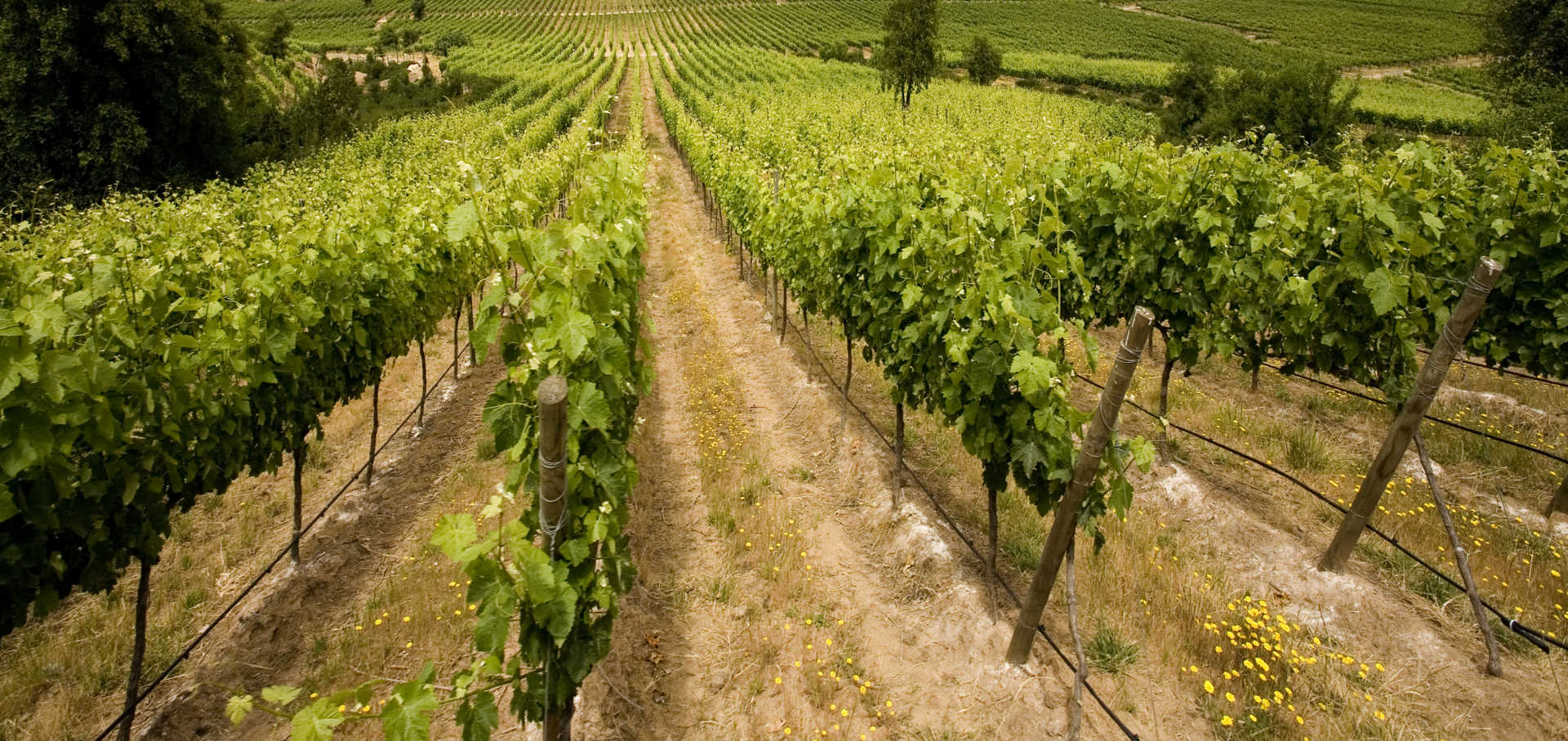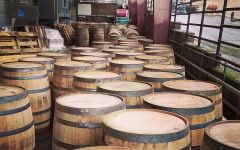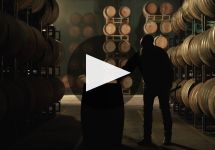Playtime Blonde Chardonnay 2014



Product Details
Your Rating
Somm Note
Winemaker Notes
Blend: 100% Chardonnay

One of the most popular and versatile white wine grapes, Chardonnay offers a wide range of flavors and styles depending on where it is grown and how it is made. While it tends to flourish in most environments, Chardonnay from its Burgundian homeland produces some of the most remarkable and longest lived examples. California produces both oaky, buttery styles and leaner, European-inspired wines. Somm Secret—The Burgundian subregion of Chablis, while typically using older oak barrels, produces a bright style similar to the unoaked style. Anyone who doesn't like oaky Chardonnay would likely enjoy Chablis.

A warm inland area just north of Napa Valley, Lake County represents a new frontier for California winemaking. While Prohibition halted viticulture here just as it did in so many California regions, winemaking activity remained fairly insignificant for a few decades longer than others. Finally in the 1990s Lake County Sauvignon blanc—uniquely savory and fruity—earned the appellation a renewed reputation.
Lake County is comprised of a handful of unique American Viticultural Areas (AVAs).
Vineyards that settle into the hills on the west side of Clear Lake create the Clear Lake AVA and produce good quality Cabernet Sauvignon, Sauvignon blanc and Zinfandel.
Recently the Red Hills AVA, located within the boundaries of the Clear Lake AVA, has become the focus of some of Napa’s more respected growers. Its notable volcanic and obsidian-based soils could be the source of California’s next best Cabernet Sauvignons. Andy Beckstoffer, a leader in recognizing prime Napa Valley vineyard locales, has already invested heavily in the area.
Guenoc Valley AVA produces fine examples of Petite Sirah, recognized for their voluptuous aromas of clove, cocoa, tobacco and deep red and blue berry flavors.
The High Valley AVA sits northeast of Clear Lake. This warm area boasts multiple soil types allowing growers a lot of flexibility and experimentation with grape varieties. While Sauvignon blanc is a mainstay, this zone excels with Zinfandel, Petite Sirah, as well as other less common varieties like Barbera and Tempranillo.







